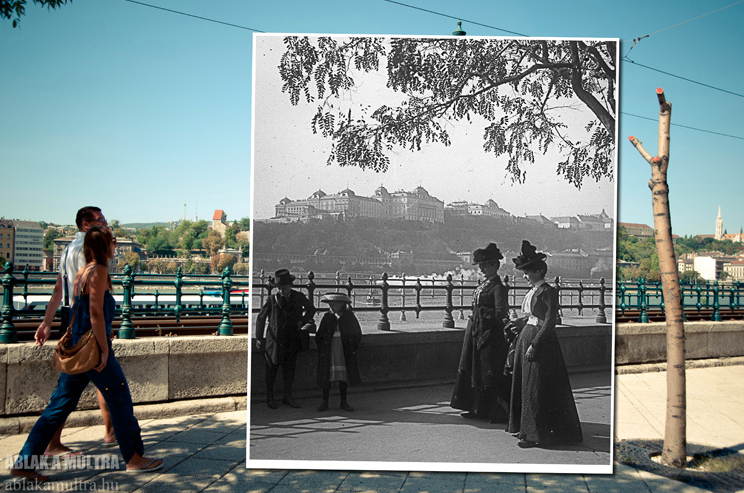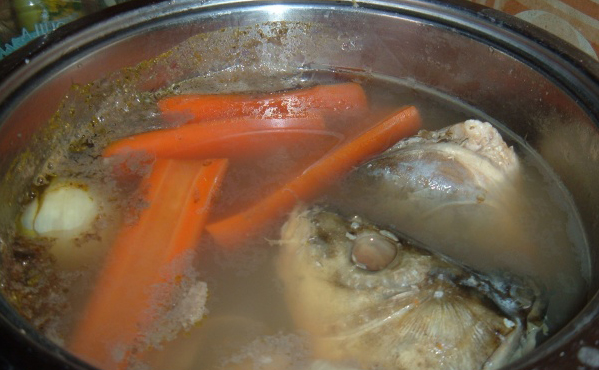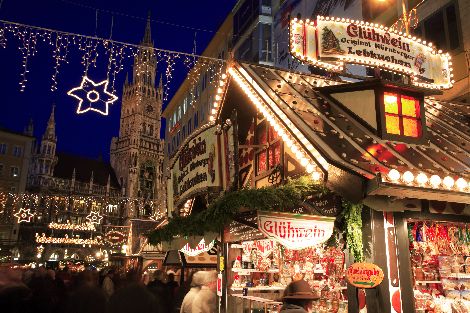by loewendan | Aug 29, 2015 | Europe, Europe Tour, European, Tour, travel
You’re booking your dream trip to Paris, and like most people, you are on a budget. So you search hotels based on price. You find what looks like a great deal, book it, fly to Paris, and arrive at your hotel only to find out that it’s not even close to...
by loewendan | Jul 11, 2015 | bargain, Europe, European, France, Paris, Shopping, Tour, tour guide, travel
Nobody is going to accuse me of being a fashionista (I’m not even sure that term can be applied to a male?). But I know from having taken thousands of travellers through La Ville Lumière (the city of light) that a “break” from the landmarks and...

by loewendan | Oct 10, 2013 | Budapest, bus tour, Cathedral, context, Escorted, Europe, gothic, guide, History, Notre Dame, Tour, travel
Visiting Europe is a kind of historical re-awakening – a way of linking to our collective past. Walking down a centuries old cobblestone road, walking between centuries old buildings, I get the feeling that in some way, the past is alive in these...

by loewendan | Jan 19, 2013 | Belgium, Escorted, Europe, Europe Tour, European, France, Germany, Grand Tour, Guided, Italian, Italy, Rick Steves, Tour, tour guide, tourism, travel, Vacation
Upon return from one of my trips to Europe in 2012, a neighbour asked me, “So what do you do when you’re over there? I mean, you don’t even have a tan.”I actually did have some colour from hiking under the warm Italian sun in the...

by loewendan | Dec 25, 2012 | Belgium, Christmas, cougnou, cuisine, Czech, Dishes, Europe, Europe Tour, food, France, Guided, Italy, lutefisk, pandoro, Tour, tour guide, tourism, travel
1. Vánoční Rybí Polévka (Czech Christmas Fish Soup) – Czech RepublicHarking back to a simpler time when meat was a luxury to most Europeans, the tradition of eating carp (a freshwater fish) for a treat at Christmas has remained strong in the Czech...

by loewendan | Nov 28, 2012 | Bavaria, Christkindlmarkt, Christmas, Europe, Germany, Kathe Wohlfahrt, Market, Museum, Rick Steves, Rothenburg, Tour, travel
Nobody does Christmas like the Germans, and for good reason. All over German speaking Europe, but especially in Bavaria, the tradition of the Christkindlmarkt (Christmas market) goes back 700 years. In town squares throughout Germany right now, local...





Recent Comments